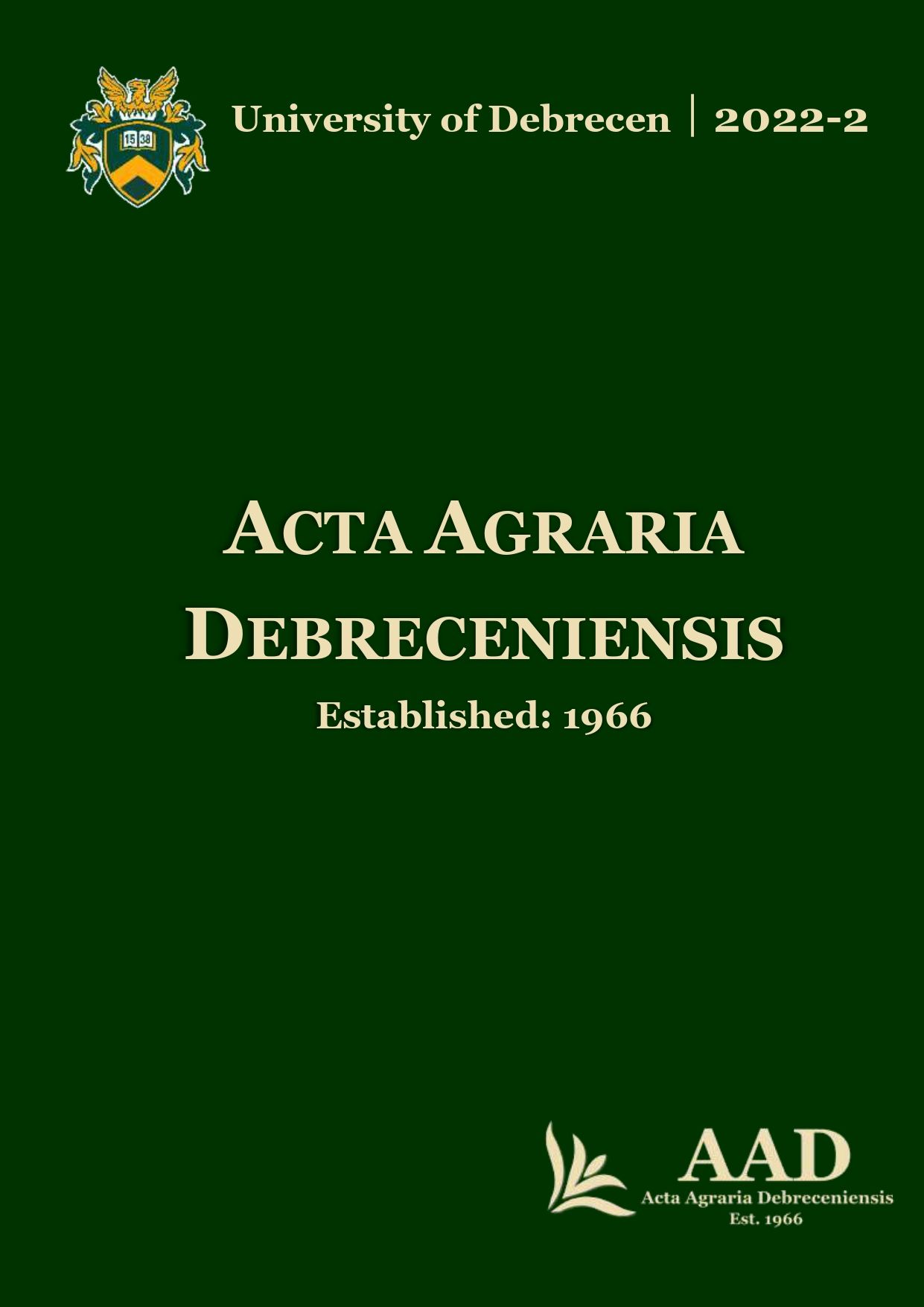Volume of Paulownia Shan Tong (Paulownia fortunei × Paulownia tomentosa) plantation in Eastern Hungary: a case study
Authors
View
Keywords
License
Copyright (c) 2022 by the Author(s)

This work is licensed under a Creative Commons Attribution 4.0 International License.
How To Cite
Accepted 2022-10-03
Published 2022-12-06
Abstract
Volume tables for tree plantations are not unknown in international practice. In many places, this is due to the uniqueness of the species or variety composition of the plantations and the cultivation technology used. In most cases, this is also justified by specific soil (ecological) conditions. In Hungary, publications on Paulownia have not yet included a volume table. This is the first one we are publishing, thus it can be considered as a gap-filler. The research was conducted in Monostorpályi, a 1.8 hectare, 8-year-old municipal plantation. 8 trees were selected randomly and their parameters were studied.
References
- Avery, T.E.–Burkhart, H.E. (2015): Forest measurements, 5th ed. Long Grove, Illinois, USA, Waveland Press. pp. 456.
- Baier, C.–Thevs, N.–Villwock, D.–Emileva, B.–Fischer, S. (2021): Water productivity of Paulownia tomentosa x fortunei (Shan Tong) in a plantation at Lake Issyk‑Kul, Kyrgyzstan, Central Asia. Trees, 35, 1627–1637. DOI: 10.1007/s00468-021-02141-8
- Barton, I.L.–Nicholas, I.D.–Ecroyd, C.E. (2007): Paulownia. Forest Research Bulletin No. 231. New Zealand, pp. 1–71.
- Dogu, D.–Tuncer, F.D.–Bakir, D.–Candan, Z. (2017): Characterizing microscopic changes of paulownia wood under thermal compression. BioResources 12:3, 5279–5295. DOI: 10.15376/biores.12.3.5279-5295
- El-Showk, S.–El-Showk, N. (2003): The Paulownia tree – An alternative for sustainable forestry. The Farm. Morocco. 8 pp.
- García-Morote, F.A.–López-Serrano, F.R.–Martínez-García, E.–Andrés-Abellán, M.–Dadi, T.–Candel, D.–Rubio, E.–Lucas-Borja, M.E. (2014): Stem biomass production of Paulownia elongata x P. fortunei under low irrigation in a semi-arid environment. Forests. 5:10, 2505–2520. DOI: 10.3390/f5102505
- Jay, A. (1998): Paulownia plantation experiences and profitable timber production. Australian Forest Growers, Conference Proceedings, Lismore, pp. 199–214.
- Laar, A.–Akça, A. (2007): Forest Mensuration, 2nd ed. Springer, Dordrecht. pp. 385.
- Lucas-Borja, M.E.–Candel-Pérez, D.–Jindo, K.–Moreno, J.L.–Abellán, M.A.–Bastida, F. (2011): Soil microbial community structure and activity in monospecific and mixed forest stands, under Mediterranean humid conditions. Plant and Soil, 354:1–2, 359–370. DOI:10.1007/s11104-011-1072-8
- Madejón, P.–Alaejos, J.–García-Álbala, J.– Fernández, M.–Madejón, E. (2016): Three-year study of fast-growing trees in degraded soils amended with composts: effects on soil fertility and productivity. Journal of Environmental Management, 169, 18–26. DOI: 10.1016/j.jenvman.2015.11.050
- McKay, H. (2011): Short Rotation Forestry: review of growth and environmental impacts. Forest Research Monograph, vol 2, Forest Research. Surrey, 212. pp.
- West, P.W. (2014): Growing Plantation Forests, 2nd ed.; Springer International Publishing Switzerland. DOI: 10.1007/978-3-319-01827-0
- Woods, V.B. (2008): Paulownia as a novel biomass crop for Northern Ireland? Agri-Food and Bioscience Institute Occasional publication No. 7.
- Zhu, Z.H.–Chao, C.J.–Lu, X.Y.–Xiong, Y.G. (1986): Paulownia in China: Cultivation and Utilization. Asian Network for Biological Sciences and International Development Research Centre, Singapore, pp. 1–65.

 https://doi.org/10.34101/actaagrar/2/11336
https://doi.org/10.34101/actaagrar/2/11336